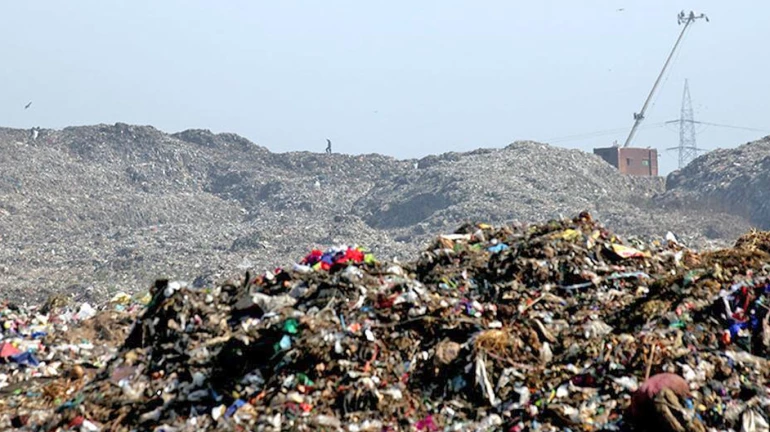
The Brihanmumbai Municipal Corporation (BMC) is now planning to clear the mountain of garbage from India’s largest and oldest landfill that is in mumbai’s Deonar area. In its first step, the civic body will carry out a characterisation study of the legacy waste in the dumping ground.
It is also the first step towards bio-mining - a scientific model certified by the Central Pollution Control Board (CPCB). It will help with segregation and naturally treat the accumulated waste components, by allowing it to degrade naturally.
The term "legacy waste" describes solid trash that has been left untreated in any open land parcel for an extended length of time. In order to conduct this study, the BMC has put out a call for bids to select a consultant. The local officials stated that the purpose of this effort is to identify the types and composition of waste materials that are now in the dump.
The goal is to retrieve the entire land parcel so that it can be put to any beneficial use, said Sudhakar Shinde, Assistant Municipal Commissioner who heads the BMC's solid waste management (SWM) department.
The dumping ground is over 100 hectares in size. The BMC’s objective is to free this space from the heap of garbage. The civic body is planning to achieve its goal by treating the pile of garbage scientifically. The civic body wants that this land should be made available for something that can benefit citizens.
The Deonar dump is currently thought to be the main cause of the unfavorable health conditions of the local population. Also, Mumbai's lowest life expectancy rate is seen in the M/East (M/E) ward, which houses the landfill.
Two crore cubic meters of debris are currently housed at the dump, based on the BMC's tender document. As per BMC's Environment Status Report (ESR), 500–700 tonnes of solid garbage are disposed of in landfills every day.
BMC collected 15 per cent more waste in 2022–2023 than in 2021–2022—an average of 6,385 metric tons per day (MTD) from its 24 municipal wards. A large amount of this material is delivered to BMC's waste plant in Kanjurmarg, where 4,500 to 5,500 metric tons of waste are processed daily using windrow composting and bioreactor technology in a scientific manner. The Deonar dump receives the leftover garbage.
The civic body in October 2023, banned the burning of garbage in open spaces. Earlier Mumbai’s Guardian Minister Deepak Kesarkar said that the civic body had sent notices to 6000 construction sites. BMC asked them to install fogging machines and sprinklers.
Addressing a press conference on October 25, Keskar said that BMC is working on a plan for the segregation of waste. Soon the BMC will devise a plan for the segregation of waste - extraction of pollutants from the garbage - at its two landfills in Deonar and Kanjurmarg.
The 120-hectare Deonar landfill is located in the eastern suburbs of Mumbai and was established in 1927. Shivaji Nagar, Mankhurd, and Deonar were regarded as the outer edges of the megacity in the early 20th century since they were devoid of human habitation. But following independence, Mumbai saw an enormous arrival of people from all across the nation, and in the 1990s, the suburban belt saw an exponential rise in the number of people residing here.
Since living next to a landfill guaranteed cheaper living costs, informal housing grew rapidly in the 2000s in the Deonar, Mankhurd, and Shivaji Nagar regions and became one of the main residential centers for people belonging to Low-Income Groups (LIGs).
According to CPCB, the 1970s saw the creation of plastic products, which altered the makeup of urban garbage. For decades, the landfill served as an unmonitored point source of pollution due to the careless disposal of toxic metal and inorganic waste materials.





